Consciousness Indexing and Outcome Prediction with Resting‑State EEG in Severe Disorders of Consciousness
AUTHORS
Sabina Stefan, Barbara Schorr, Alex Lopez‑Rolon, Iris‑Tatjana Kolassa, Jonathan P. Shock, Martin Rosenfelder, Suzette Heck, Andreas Bender
DATE PUBLISHED
7 April 2018
Abstract
We applied the following methods to resting-state EEG data from patients with disorders of consciousness (DOC) for consciousness indexing and outcome prediction: microstates, entropy (i.e. approximate, permutation), power in alpha and delta frequency bands, and connectivity (i.e. weighted symbolic mutual information, symbolic transfer entropy, complex network analysis). Patients with unresponsive wakefulness syndrome (UWS) and patients in a minimally conscious state (MCS) were classified into these two categories by fitting and testing a generalised linear model. We aimed subsequently to develop an automated system for outcome prediction in severe DOC by selecting an optimal subset of features using sequential floating forward selection (SFFS). The two outcome categories were defined as UWS or dead, and MCS or emerged from MCS. Percentage of time spent in microstate D in the alpha frequency band performed best at distinguishing MCS from UWS patients. The average clustering coefficient obtained from thresholding beta coherence performed best at predicting outcome. The optimal subset of features selected with SFFS consisted of the frequency of microstate A in the 2–20 Hz frequency band, path length obtained from thresholding alpha coherence, and average path length obtained from thresholding alpha coherence. Combining these features seemed to afford high prediction power. Python and MATLAB toolboxes for the above calculations are freely available under the GNU public license for non-commercial use (https://qeeg.wordpress.com).